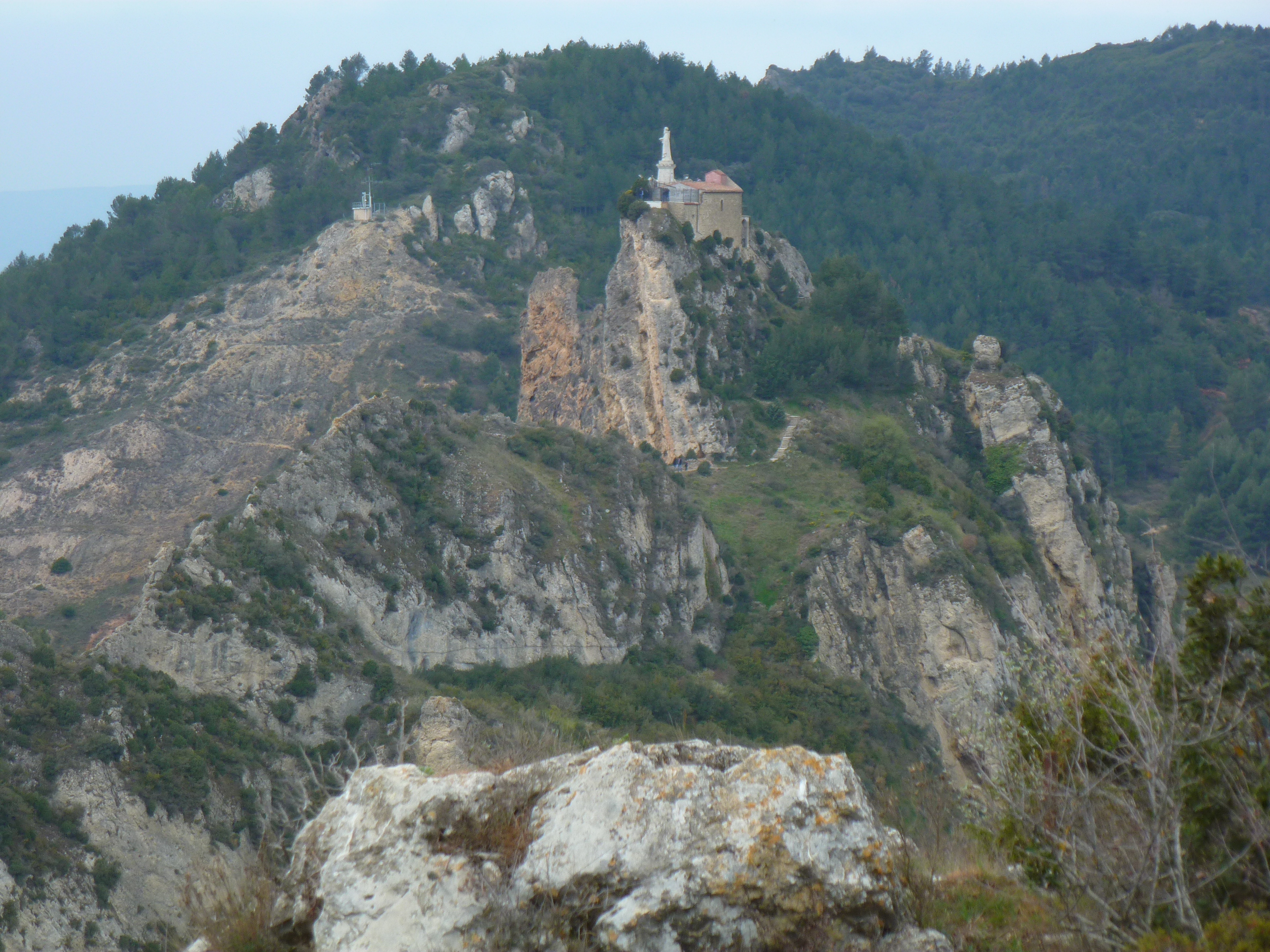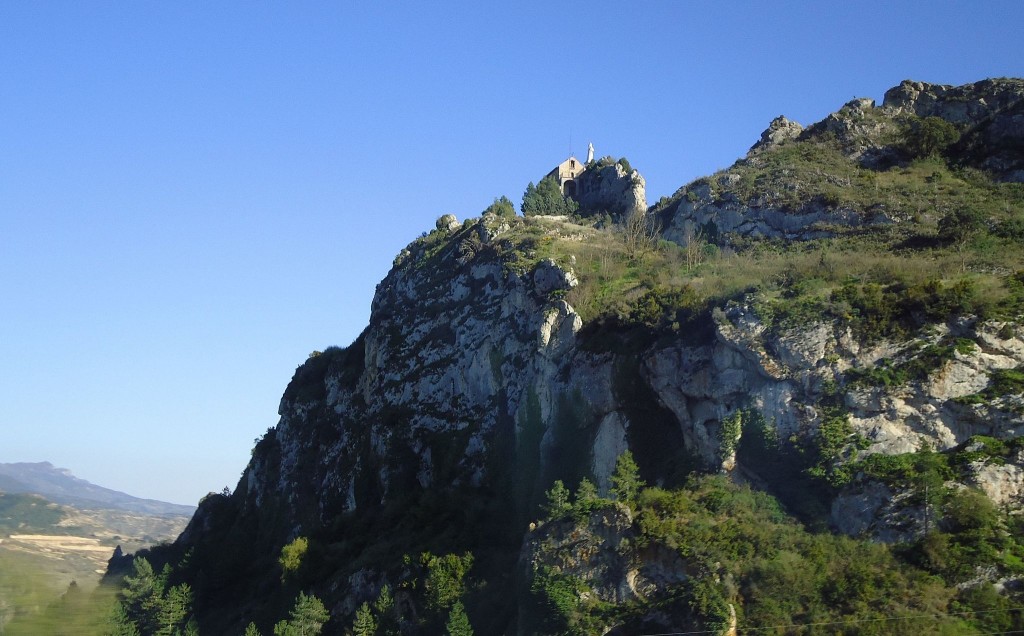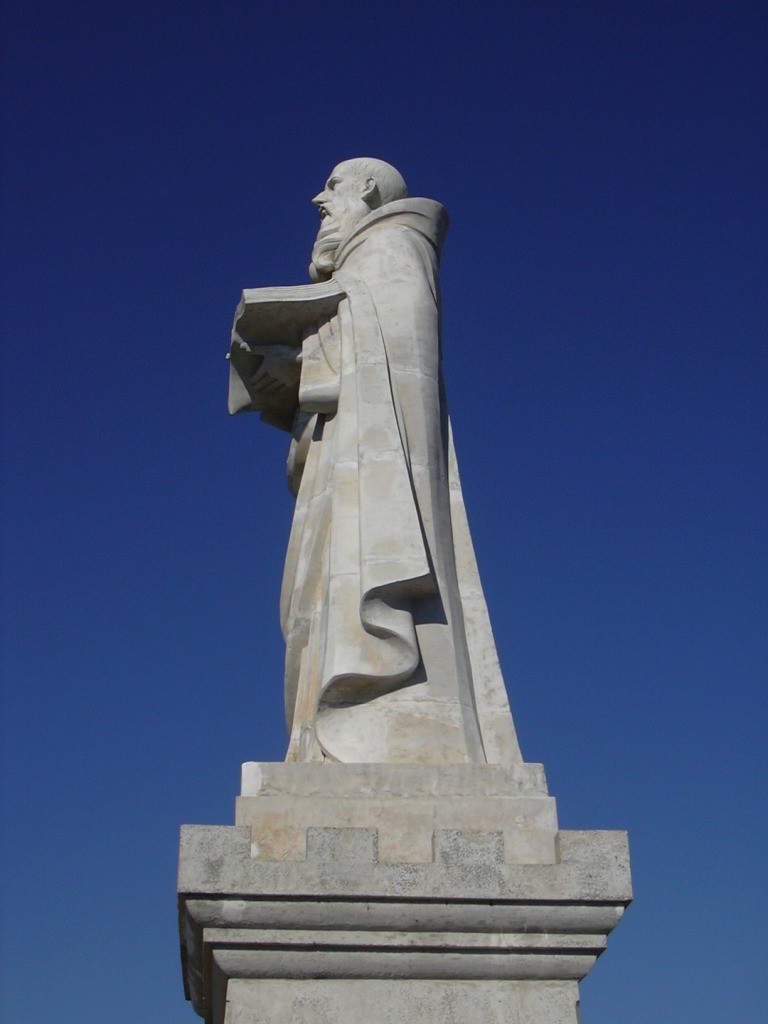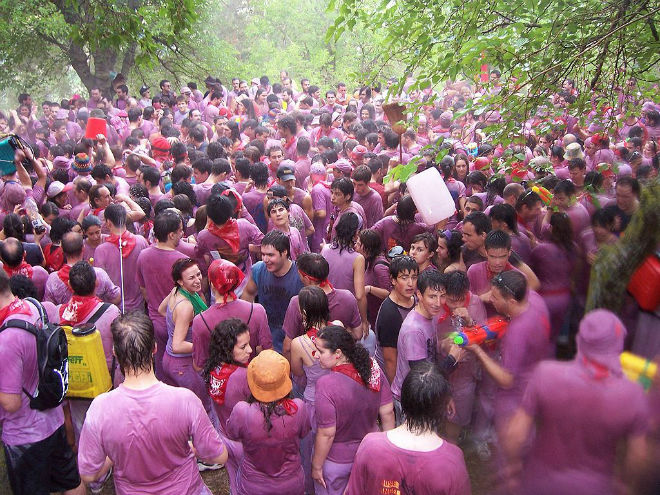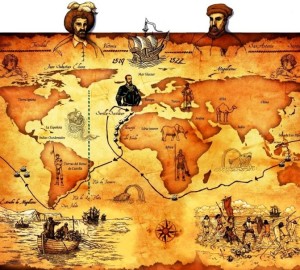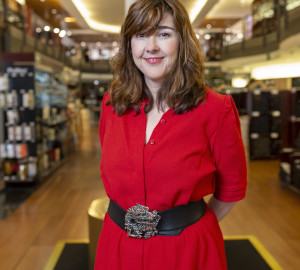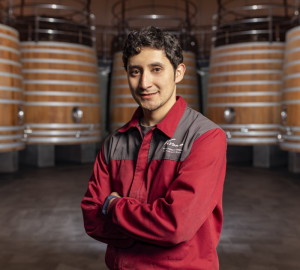There are spaces, sites, places that should be seen at least once in a lifetime because no matter how much people talk about them and try to convey their beauty, until you visit them and experience them first hand, you do not understand the charm that resides in them.
This is the case of the San Felices Hermitage, located on the Bilibio cliffs, which was named by the Repsol Guide as the best place in Spain in 2014. Will you join us in this unique spot?
The History of the Hermitage of San Felices
6km north of Haroat the top of what is known as the the Riscos de Bilibio is located the Hermitage of San Felices de Bilibioa perfect enclave where, in the 5th century, a Roman castle was erected, of which some parts of its walls are still preserved.
Felices of Bilibio was born in 443 and it was he who would make this place famous. His concerns, especially in divine matters, led him to be ordained as a priest and to retire to devote himself to prayer in what was known as the Riscos de Bilibio. He soon became known among the locals as "the holy man". He was a great miracle worker and managed to capture the interest of Millán, who became Felices' disciple for three years and who we will know as the Saint of the Cogolla.
Hermitage of San Felices de Bilibio. Photo: Assar
Felices de Bilibio died when he was almost 100 years old and he ordered the place where he wanted to be buried, which could not be anywhere else than in one of the cliffs that were part of his home during his spiritual life.
The castle of Bilibio, which housed the chapel and tomb of San FelicesIt tried to resist the Arab attack at the beginning of the 8th century, but was finally conquered by the Muslims. This lasted until it was later reconquered by Sancho I Garcés in the 10th century.
In 1076, King Alfonso VI ceded the castle to Don Lope Díaz (father of Don Diego Lope de Haro) and in the mid-11th century the inhabitants of Bilibio moved to what we know today as Haro, and finally the remains of San Felices were moved to the castle of San Felices. Monastery of Yuso.
In 1710, construction began on the Hermitage of San Felices in honour of the saint, occupying the site of the old castle. It underwent numerous modifications and reconstructions, the last one in 1942. On 21 June 1964, the statue of San Felices with an open book in his hands was unveiled. It is the guardian of these cliffs, of its cliffs, and it practically seems to be the guardian of these cliffs.
Statue of Felices de Bilibio. Photo: David Martin
A unique place with a lot to offer...
Undoubtedly, the Hermitage of San Felices is a place that must be visited, because in addition to standing out for its unquestionable beauty, one of the most famous traditions of Haro and La Rioja takes place in the Riscos de Bilibio; the Wine Battlewhich is held every year on 29th June It seems to have its origins in the feast that was organised during the lunch break for the pilgrims who went to mass at the San Felices Chapel and who, once they were happy, began to stain themselves with the wine they had in their boots. An innocent gesture which has given rise to this well-known celebration and which managed to be declared of National Tourist InterestThe wine was thrown up to 130,000 litres of wine.
- The pilgrimage to the Riscos de Bilibio: takes place in September and is a pilgrimage in which the life and miracles of the Saint are commemorated.
Haro Wine Battle. Photo: BigSus
Haro, in addition to this dream place, has much more to offer us:
- Open-air museum: a series of sculptures dedicated to craftsmanship that you can find in any corner of the city as you walk through its streets.
- Former headquarters of the Bank of Spain: Haro, despite not being a provincial capital, managed to have a branch of the Bank of Spain due to the great economic development it achieved at the end of the 19th century.
- El Torreón Museum of Contemporary Art: a genuine collection of contemporary works exclusively by Riojan artists, exhibited in the only remaining part of the city walls that once guarded the city.
- Basilica of Nuestra Señora de la Vega: The temple, as it is known today and beyond the legends, began to be built in the 18th century. It is Baroque in style and has three perfectly arranged naves. This basilica is dedicated to the patron saint of Haro and inside we can highlight the Gothic style main altarpiece and a Gothic carving of the Virgen de la Vega.
- Church of Santo Tomás: built in the 16th century in honour of the saint after whom it is named and which is considered as a Asset of Cultural Interest. It is built on the site of an old ashlar stone building and has 3 naves of equal height which house the largest altarpiece in La Rioja.
- Barrio de la Estación: Here we can find the largest concentration of hundred-year-old wineries in the world, which have made Haro their hallmark, preserving the importance of wine over time.
- La Herradura: Known as such because of the shape of its main streets, this is the area to go to if you want tapas and good wines.
- Gastronomy: It is well known that in La Rioja you eat and drink well and that its gastronomy is one of its strong points, so Haro is no less and here we will be able to taste typical dishes such as (vegetable stew, potatoes with chorizo, chops with vine shoots, stuffed peppers, doughnuts and many others) and you know that always accompanied by the best wines.
- Visit other towns... Ezcaray, the snow resort of Valdezcaray among others are destinations that are quite close to Haro and that can complete your visit to La Rioja, the snow resort of Valdezcaray among others are destinations that are quite close to Haro and that can complete your visit to La Rioja.
The San Felices Hermitage is a unique place and a must-visit that opens the doors of Haro where, as we have just seen, there are many places, plans and alternatives to visit, feel and experience. What are you waiting for?
Header image of the post: Riscos de Bilbio from the cliffs of Buradón. Bigsus






